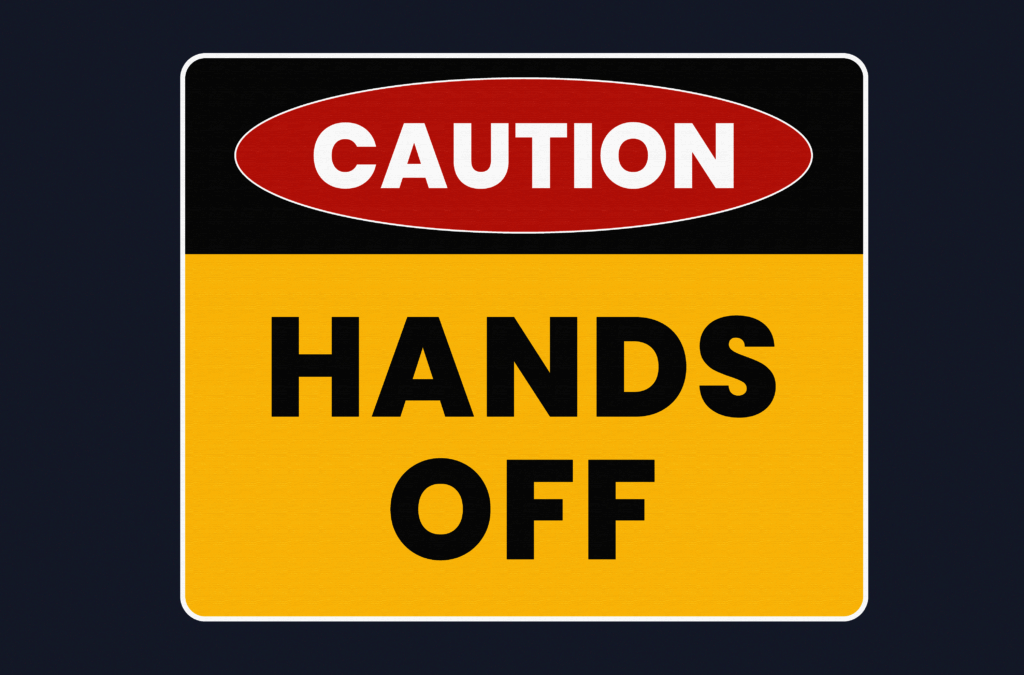
The Fourth Turning Is Here

In a 2015 TED Talk, Bill Gates warned of a global pandemic with severe health and economic ramifications.
It is eerily accurate—down to a picture of the microscopic spikey coronavirus. Gates says, “If anything is going to kill tens of millions of people in the next decade, it is likely to be a virus, not a war.”
How did he know? The Gates Foundation had been knee-deep in infectious disease research because of its work in Africa, and its researchers understood how easily viruses spread in a globalized world.
Two years later, in 2017, I wrote an article for Leader’s Edge predicting the climax to a crisis sometime between 2019 and 2021. It’s not magic, and I’m not a futurist. My predictions come from an understanding of the cycles of history. Over the past four centuries, America has repeated the same four distinct periods, or “turnings,” over an 80- to 90-year time span: a High, an Awakening, an Unraveling, and finally, a Crisis. Each turning is about 20 years, and they mimic the four seasons. The high of spring brings rebirth and renewal. The awakening of summer brings prosperity and abundance. The unraveling of fall brings cold, portending air. And the crisis of winter freezes life all together.
Right now we are in the winter of history—the fourth turning of a crisis. It started with the Great Recession of 2007-09 and is likely to last toward the end of the decade—between 2027-2030, which means we are not out of the woods after the coronavirus. If history repeats itself, as it has for the last three centuries, we still have a bumpy road for the next several years.
What Happens in the “Crisis” Turning?
To look forward, we must look back. We’ve had four turnings, each about 20 years, since the late 1920s: the Crisis turning (1929-1945), which was bookended by the Great Depression and World War II; the High turning (1946-1964), when a new world order was established in a time of shared prosperity; the Awakening turning (1965-1984), characterized by rising individualism and declining confidence in institutions; and the Unraveling turning (1985-2008), with a cynical culture and eroded support for institutions.
This leads us to where we are now—the Crisis turning (2008-2028). Looking at how the last crisis unfolded can give us clues about the next few years.
History speeds up in fourth turnings and is characterized as having an urgent view of the future. Change, risk and uncertainty reach their peak. Ask any economist right now to predict the next year, and most will say, “It depends…” For the first time in decades, more than 160 of the fortune 500 companies are not providing financial guidance. Chubb CEO Evan Greenberg says, “The degree of revenue impact is unknowable.”
The economy and institutions that support it (like the U.S. government) turn to rubble during the first half of a fourth turning and are founded and reborn in the second half. Just about now we are knee-deep in rubble.
Fourth turnings begin with a catalyst—a major economic or social shock. In the last fourth turning, it was the Great Depression. This time around, the catalyst was the 2007-2009 Great Recession. Fourth turnings also have a regeneracy phase, characterized by societal alignment and a sense of unified purpose by a vast majority of the population. In the last fourth turning, the U.S. mobilized and stepped up before and during World War II. Roosevelt signed the War Powers Act, and GM was all of a sudden manufacturing tanks. People were collecting scrap metal recycling for steel, women worked assembly lines, and everybody did their part. We did the impossible. This time around, we’ve seen glimpses of regeneracy as frontline healthcare workers put on their “battle fatigue” PPEs and crowds cheered them on from homes and roadsides. The next phase is the climax—a seminal, defining event that accelerates the regeneracy phase and drives us toward the final phase of the fourth turning—the resolution, a time when order is restored and a new world order is formed.
In the book The Fourth Turning, historians William Strauss and Neil Howe wrote, “Sometime before the year 2025, America will pass through a great gate of history, commensurate with the American revolution, The Civil War, and the twin emergencies of the Great Depression and World War II.” Is the coronavirus our World War II? The best scenario says it is, but it is likely to be something after the coronavirus.
It’s About How We Respond
There is no question we are going through a significant gate of history, and nearly everybody by now agrees that we won’t get back to what used to be normal, even if we get lucky with a quick vaccine. It’s not about the health pandemic; it is about the massive economic disruptions that are shifting like tectonic plates below the earth’s surface. The crisis climax is not just an event itself but also our ill-prepared reaction to it.
Here’s a perfect example: the COVID-19 virus was first identified in South Korea and the United States on the same day—Jan. 20, 2020. Within two months South Korea had conducted 300,000 tests, and the United States had conducted 60,000. On a per capita basis, that is one of every 150 people in South Korea versus one of every 5,000 in the United States. As we all know by now, early detection and isolation are the keys to mitigating the spread of the virus.
Furthermore, the government is doling out trillions because we did not have an adequate public health system, and our entire economic structure has become increasingly unsustainable over the last couple of decades. The climax to a crisis is more about the mistakes we made leading up to this moment than the moment itself. The pandemic was the proverbial straw that broke the camel’s back.
Fear of the Unpredictable
The coronavirus crisis is a dress rehearsal for an even larger set of events in the next couple of years. And it is not just our public health system that is inadequate. Global fracturing continues. Leadership within countries is reflecting and encouraging tribalism. The last time this happened was in the 1930s and ’40s. The rise of totalitarianism and the inability of leadership to respond more quickly ended in a world war killing 85 million people.
This time around, the crisis climax would look quite different—perhaps a devastating second wave of pandemic in the fall, labor unrest, armed resistance against the government, currency devaluation, runaway inflation, a cyber attack that shuts down our grid, bioterrorism, a flawed presidential election prompting local militias to act. It’s entirely possible none of this will happen as well. The question is, are we prepared if it does?
The Crisis Is Inevitable and Necessary
The crisis period serves as a reset button to our priorities as a country. It levels the playing field and provokes a social priority of unified community building. Institutions are founded as world vision becomes urgent. This creates a new world order, putting community at the center of policy making. This runs its course and eventually begins to disintegrate with rising individualism, which leads to another crisis, and we begin again. Arthur Wing Pinero wrote, “The future is only the past again, entered through another gate.”
Reading this may lead you to believe the end is near, but history has proven otherwise. Let’s go back to the cycles of history. Like the seasons, a cold brutal winter leads to a radiant spring. We are in the winter of history right now, but we are a shorter distance to a new beginning than we have been for several years.
Let’s face it—whatever your politics—America has been in decline for decades. Gains in real wealth by a vast majority of Americans has not kept pace with the top 1%. We can’t have a strong America without a strong middle class.
But America has a long-standing tradition of digging itself out of a ditch. We do this by putting others ahead of our needs. We do this through leadership that can coalesce a unified front.
We don’t have this right now, and this is why the fourth turning will continue for the next few years. Until we do, we won’t get to the fourth part of a fourth turning—the resolution—a time when a new world order is established.
Wright is founder and CEO of Second Wave Learning.




